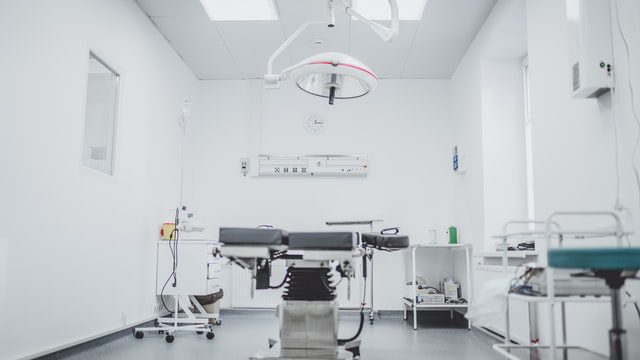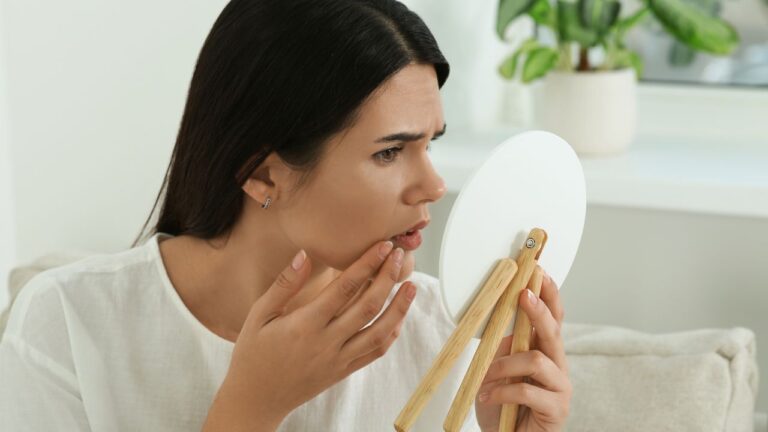Everything you should know about UV CPAP Cleaners
CPAP devices are used every day, exposing them to the oils and moisture on the face and in the lungs. If you have sleep apnea and use a CPAP treatment device, you know how difficult it can be to maintain a regular cleaning routine. Pathogens, viruses, and bacteria can live on a filthy CPAP machine and get you sick. Because of this, they must be cleaned on a regular basis in order to function properly.
Millions of Americans who use CPAP devices expect cleaning and maintenance to be simple. When it comes to CPAP cleaning and disinfection, I can see how automated equipment promoted on television could seem to be an ideal solution. But there’s more you need to know about UV CPAP Cleaners.
UV CPAP Cleaners
The sun’s UV radiation is well-known to the general public. This high-energy ultraviolet radiation, known as UVB or UVC, is used in UV cleaners to kill bacteria. To protect the contents of their enclosed chambers, these gadgets use a self-contained light source.
Advantages of the UV CPAP Cleaner
In order to keep your CPAP clean, why not use a UV CPAP Cleaner? There are a number of advantages to using client feedback, such as the following:
- Cleans Equipment Safely Using UV Light Technology
- Quick, 5-minute cycle
- An antimicrobial disinfectant for non-CPAP items
- User-Friendly
- No Spares are Necessary
- Doesn’t clean with activated oxygen or ozone.
- Cleans things you can’t see.
It is particularly critical to maintain your CPAP mask and water chambers free of microorganisms throughout the flu, cold, and allergy seasons.
1. Helps with skin rashes and acne
Using a clean, sterile mask can prevent germs from entering your pores and trigger skin disorders like rashes and outbreaks like acne.
2. Saves time
UV light disinfects the CPAP mask and chamber in only 5 minutes. And what’s even better? After the procedure, you may immediately begin using your equipment. In order to disinfect using ozone-based cleansers, users must sometimes wait up to two hours with their masks still in the chamber. You don’t have to wait for the UV system to clean before you can utilize your mask.
3. Cleans non-CPAP items
Small home and personal hygiene products can be sterilized using the device. Some examples include eye masks and goggles, as well as dental and orthodontic appliances like dentures and retainers. For busy people, the device can also serve as a hub for disinfecting.
4. Protects CPAP equipment
The UV light has been shown to clean your equipment while also maintaining it in peak condition when used for just five minutes a day. Plastics and silicone held up to daily cleaning for up to five years throughout the extensive testing.
Using the UV CPAP cleaner to disinfect other household objects, like toothbrushes, eyeglasses, jewelry, and vehicle keys is an additional perk of the device.
5. What are the problems with UV devices?
However, UV CPAP cleaners have not been linked to any reported incidents of injury, the nature of UV light and the structure of CPAP machines offer both risks to the users and a lack of disinfection dependability.
According to the FDA, there is no proof that UV light can disinfect the interior surface of the CPAP tubing, or that UV light doesn’t really harm CPAP machines. No proof exists that UV light devices protect you from harmful amounts of exposure to UV radiation. Direct UV radiation exposure may be harmful depending on the wavelength, intensity, and duration of the exposure.
According to the conclusions of the FDA:
- Eye damage and skin cancer can occur if UV equipment is not properly shielded.
- There are a variety of UV devices on the market, and some may not be powerful enough to disinfect.
- The UV light may not even be capable of penetrating all CPAP equipment and accessories, such as plastic tubing, masks, and connections, which might lead to poorly treated components that may not be suitable for people to use.
- Many hoses, tubes, and other parts do not enable UV light to pass through completely and consistently.
- Since UV light devices can’t consistently disinfect them, this implies they can’t be disinfected at all.







